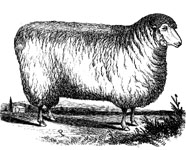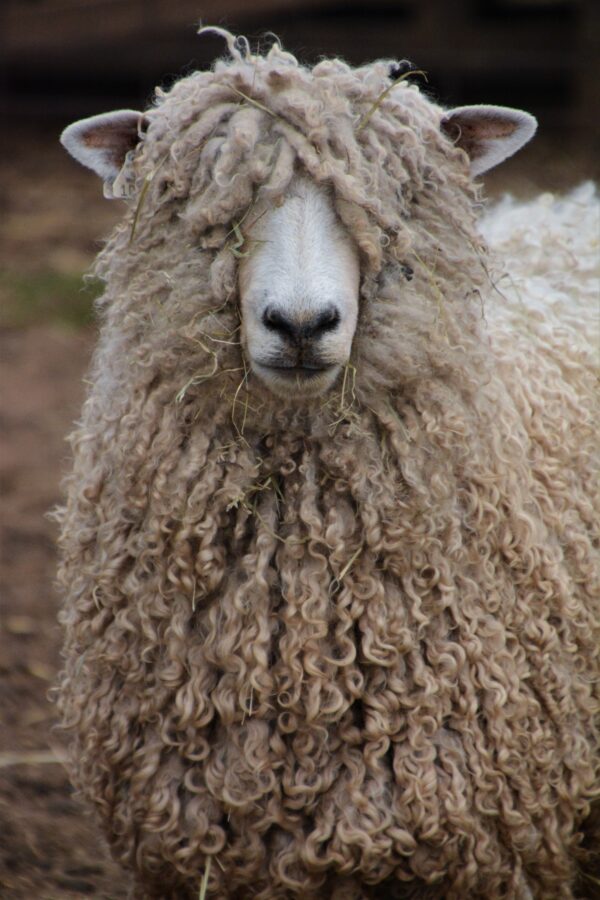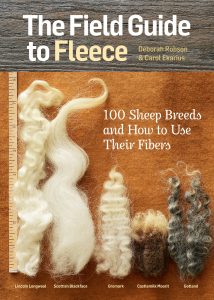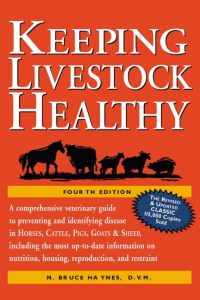
Breed Facts
Status:
Threatened
Use:
Meat, Wool
Adult Weight:
Rams: up to 300 lbs. Ewes: up to 200 lbs.
Temperament:
Docile, Friendly
Experience Level:
Intermediate
Notes:
Luster longwool breed; slow maturing; require good forage for best performance
COTSWOLD SHEEP
The Cotswold is a longwool sheep breed developed on the Cotswold Hills in western England. Sheep have been known in this region since the time of the Roman conquest 2,000 years ago, and the breed may descend, in part, from the white sheep brought to England by the Romans.
The breed’s name reflects the traditional habitat of the sheep: “cots” for the cotes or small sheepfolds where they were sheltered at night on the “wold” – treeless hilly land.
By the 15th century, the early Cotswold breed funded the economic development of the Cotswold region. The wool trade provided the wealth in the region, and many churches and Cathedrals – called “wool churches” – and estates were built with the proceeds. In the Elizabethan Era, wool profits also financed the exploration and trade expansion of the British Empire to such an extent that even today the British Chancellor of the Exchequer sits on a ceremonial Cotswold wool sack. The modern form of the Cotswold breed was developed between 1780-1820.
The first Cotswolds arrived in America in 1832 when Christopher Dunn of Albany, New York imported a ram. Early imports were used to cross with Robert Bakewell’s Leicester sheep but soon became a popular breed with American farmers and many more were imported over the next half century.
According to the American Cotswold Record Association (ACRA), “The first notable purebred Cotswold breeder in America was Justus C. Haviland of Duchess County, New York, who established his flock in 1836. The breed grew in popularity, and in 1876 Henry Stewart wrote in his Shepherd’s Manual (1876) the Cotswold “has become so common in America, and has been bred so extensively without fresh importations of new blood that it may well be adopted as a native sheep.””
The American Cotswold Record Association was established in 1878. The breed was particularly valued for crossing onto fine wool ewes to produce large lambs that could be used for meat or kept for their heavy fleeces. This success in crossbreeding, coupled with the lack of market demand for pure stock (thought to be too large and slow growing) led to the near extinction of the Cotswold by the middle of the 1900s. In the last twenty years, however, the breed has experienced a revival of interest, due primarily to the rediscovery of its wool by fiber artists who appreciate the wool’s strength, length, luster, and exceptional dyability.
Cotswolds are large-framed sheep, with mature ewes weighing up to 200 lbs. and mature rams up to 300 lbs. They, like other longwool breeds, are slow growers, maturing at around 2 years. They are polled and have black hooves and noses as well as small black spots on their ears. Cotswold fleece hangs in locks, and the fibers have a lustrous, silky sheen. A heavy forelock falling over the face is a characteristic of the breed. The fleece has a seven to thirteen-inch staple length and weighs thirteen to fifteen pounds. Fiber diameter ranges from 33 to 42 microns. Until recently, only white sheep were considered part of the Cotswold breed, though registration is now available for black sheep. Although these sheep are called black, their colors vary across a beautiful range of silver, bluish-gray, and charcoal hues. They can be shorn once or twice a year.
Did you know:
You don’t have to raise livestock to be a member of The Livestock Conservancy. Join foodies, fiber artists, history lovers, biodiversity fans, and those who value sustainability in changing environments. Together, we can save endangered breeds of livestock and poultry from extinction. Click here to learn more.
You may be interested in…

Breed Facts
Status:
Threatened
Use:
Dual
Adult Weight:
175 – 250 lbs
Temperament:
Docile
Experience Level:
Intermediate
Notes:
Luster longwool breed
You may be interested in…




